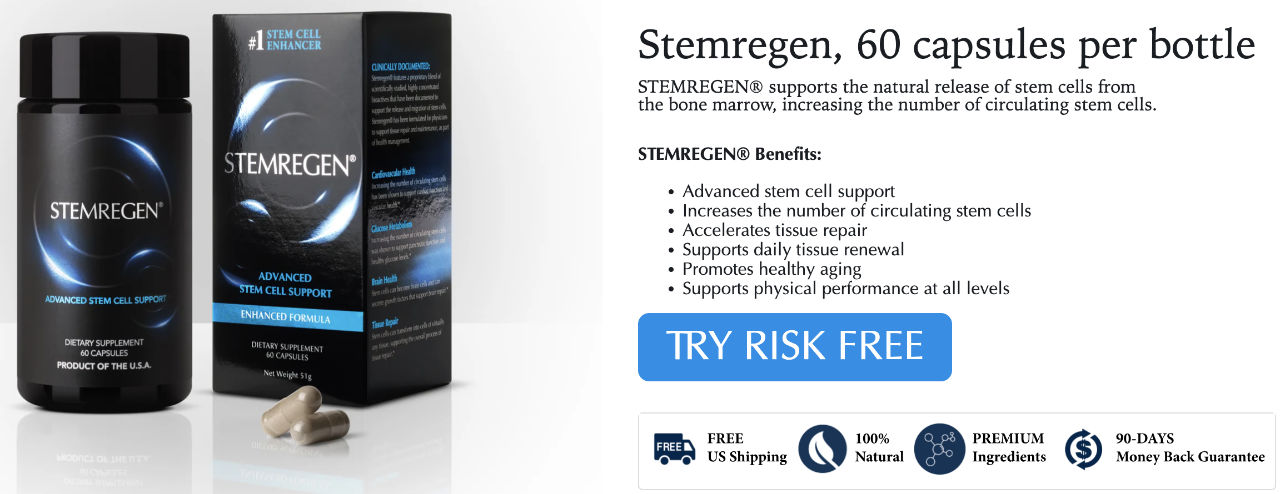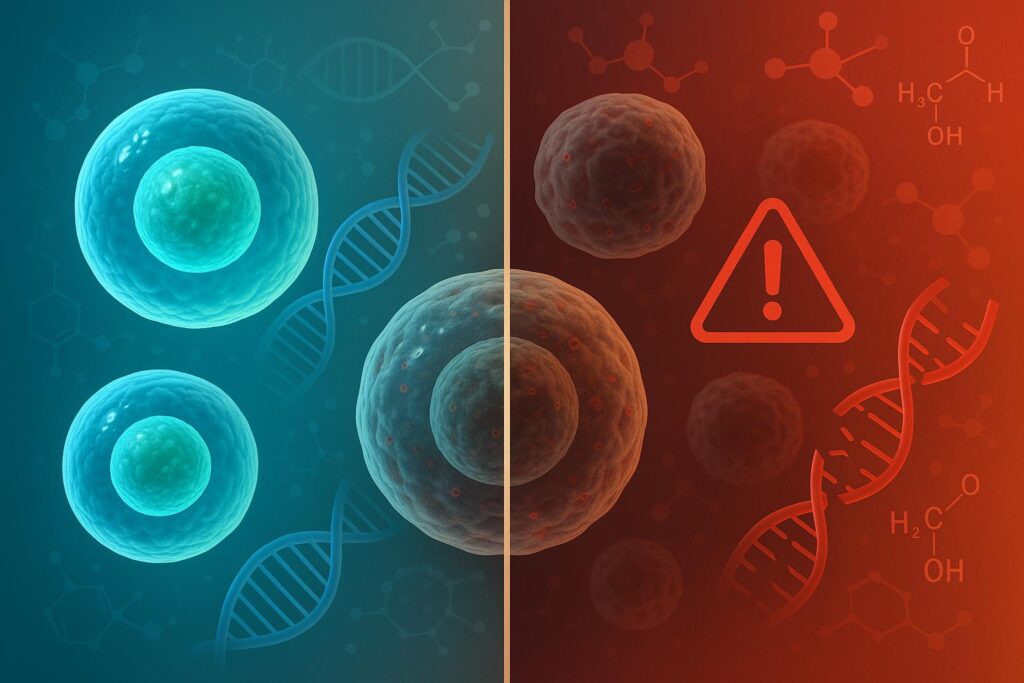Can stem cells regenerate damaged heart muscle?
Dr. Chuck Murray, a global leader in regenerative medicine, believes they can — and he’s working to make it a reality.
As Chair of the Department of Stem Cell Biology and Regenerative Medicine at USC and Director of the Broad Center for Regenerative Medicine, Dr. Murray is driving transformative research to reverse heart disease.
In this illuminating Hope Biosciences podcast interview, Dr. Murray discusses the past, present, and future of heart regeneration using induced pluripotent stem cells (iPSCs) and outlines how this science could redefine cardiovascular care.
The Scope of the Problem: Heart Disease and Muscle Loss
Heart disease is the leading cause of death worldwide, and the most common type — ischemic cardiomyopathy — is caused by blocked coronary arteries.
This results in myocardial infarction, where heart muscle tissue dies due to lack of oxygen. While current treatments like stents and bypasses save lives, they do not replace lost muscle, leaving survivors vulnerable to chronic heart failure.
Why the Heart Can’t Heal Itself
A major challenge is that the heart is one of the least regenerative organs in the human body. Contrary to popular belief, the stem cells circulating in our blood are primarily hematopoietic — they form blood, not muscle.
The heart lacks muscle-forming stem cells, meaning any muscle loss becomes permanent without intervention.
The Promise of Induced Pluripotent Stem Cells (iPSCs)
Dr. Murray’s lab uses iPSCs, which are adult cells (like blood cells) that are reprogrammed into a stem-cell-like state, similar to embryonic stem cells but without involving embryos.
These cells are then differentiated into cardiac muscle cells in the lab.
This breakthrough allows scientists to grow unlimited heart muscle cells. When injected into the damaged heart tissue, these cells can integrate and contract in sync with the existing muscle — effectively rebuilding the heart.
How the Therapy Works: From Lab to Heart
- Cell Source: Blood or cord blood from healthy donors.
- Reprogramming: Cells are returned to a pluripotent state.
- Differentiation: Cells are directed to become heart muscle cells.
- Cryopreservation: Cells are frozen and stored, creating an off-the-shelf therapy.
- Delivery: Via catheter and needle, cells are injected directly into the damaged heart wall.
Dr. Murray likens it to gardening: reseeding a damaged “garden bed” with new, living tissue.
Addressing the Challenges: Safety, Rejection, and Timing
Safety Concerns
One of the early fears was the potential for tumor formation from undifferentiated stem cells. However, with advanced screening and purification techniques, this risk has been virtually eliminated.
Immune Response
Although once believed to be immune-privileged, these cells are recognized by the body’s immune system. Strategies include:
- Mild immunosuppressive drugs
- Creating personalized iPSCs from the patient’s own cells to avoid rejection
Timing is Critical
The optimal treatment window appears to be 2–12 weeks after a heart attack. Too early, and inflammation makes the environment inhospitable. Too late, and the heart may be too damaged to recover fully.
The Vision: One-and-Done Regenerative Therapy
The goal is a one-time, minimally invasive procedure that provides long-lasting cardiac repair. Because the new cells are intended to survive for life, they offer a durable solution — unlike temporary treatments or symptom management drugs.
Future Outlook: What Will the Next 20 Years Bring?
Dr. Murray predicts that in the next two decades:
- Heart regeneration therapies will be FDA-approved and clinically available
- Treatments will be accessible to all, not just the wealthy — ensuring equity in healthcare
- Competing strategies like cell cycle reactivation and in-situ cell reprogramming may follow
Other Active Research Efforts
While Dr. Murray’s lab leads the way, other groups are also making strides:
- Stanford University (Dr. Joe Woo)
- BlueRock Therapeutics (Boston/Toronto)
- Programs in Japan, China, and Germany
Each team has a unique approach, contributing to a global movement toward regenerative heart therapies.
Prevention Still Matters
Despite these advances, prevention is still key. Dr. Murray emphasizes avoiding the “Big Four” risk factors:
- High cholesterol
- High blood pressure
- Diabetes
- Smoking (including potentially cannabis)
A heart attack is often the result of lifestyle and genetic factors, and once damage occurs, early intervention is crucial.
Final Thoughts
Dr. Chuck Murray’s work is more than cutting-edge science — it’s a hopeful glimpse into the future of medicine. Stem cell-based heart regeneration stands to revolutionize how we treat — and even cure — one of the world’s deadliest diseases.
Watch the full interview with Dr. Chuck Murray to dive deeper into the science and the human impact of this life-saving research.



